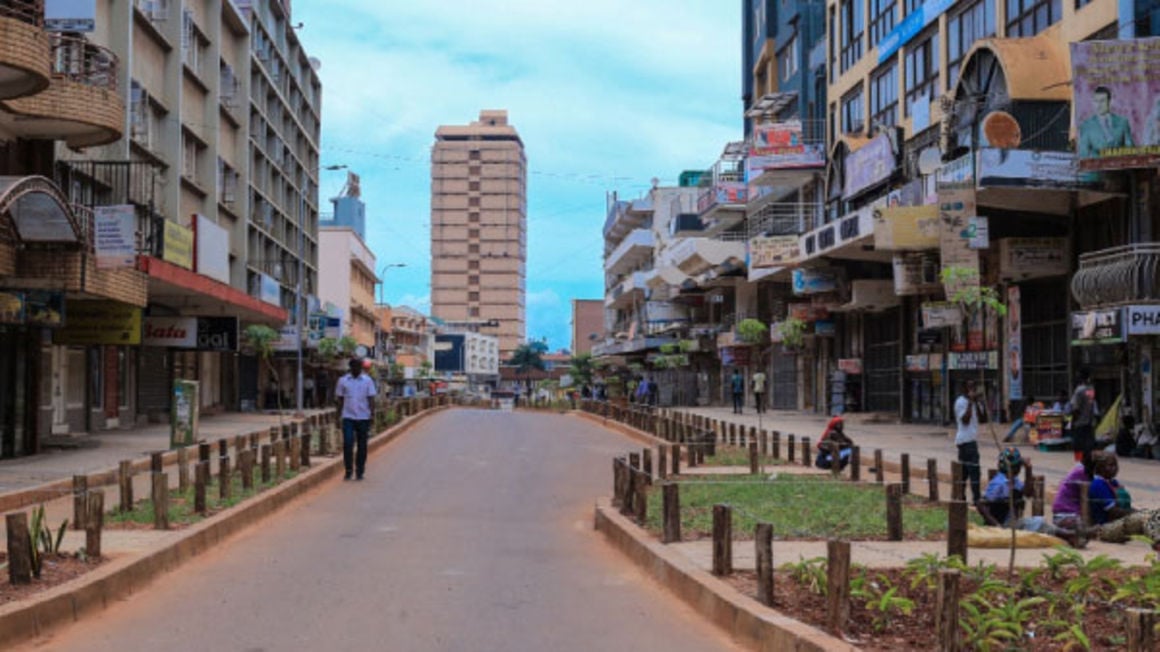Take physical planning seriously to develop Kampala as a smart city

The good news is that as a consequence of the very fierce campaign by Ugandan social media users, led by cartoonist and activist Jimmy Spire Sentongo recently, President Museveni has positively responded by ensuring that his Cabinet begins to take matters of Kampala more seriously.
A weekly (Monday) Cabinet meeting was wholly dedicated to discussing the state of infrastructure in Kampala and what must urgently be done to provide KCCA with the adequate funding it requires to deliver 21st century roads and drainage infrastructure.
The development challenges of Kampala Capital City are not confined to the non-funding or funding of comprehensive roads infrastructure only. There are, of course, other challenges affecting the orderly and desired development in the Greater Kampala Metropolitan Area which require the Cabinet to also take seriously.
The President acknowledges that KCCA is already in place with all the relevant officers such as engineers, physical planners etc. There is, however, great urgency to look into the work of the physical planners in KCCA. These officers should be seen to be practicing physical planning as it is done in the other East African countries.
Kampala Capital City has had two Physical Development Plans since 1986, when the National Resistance Army / Movement captured power. The first such City Physical Development Plan was prepared in 1994 and expired in 2004 while the second City Physical Development Plan was prepared in 2014, ostensibly covering a 10-year period and expiring in 2024.
These City Physical Development Plans were prepared and approved to guide the growth and development of Kampala City. Preparation and Approval of City Physical Development Plans must be followed up by preparing and approving detailed plans covering various areas and are the basis for development control in the city.
The detailed plans perform many closely related functions and will apply or promote the strategy of the City Physical Development Plan. The detailed plans must conform to and develop the general policies and proposals contained in the City Physical Development Plan by providing a detailed basis for the city development control and also refining the broad City Development Control Guidelines into precise information to developers by defining sites for particular land uses and by identifying standards and any other criteria.
They also provide the basis for coordinating all development costs and any other expenditure. Detailed plans bring planning issues before the public and inform property / land owners and developers about their opportunities and restrictions.
A look at the actual state of affairs on the ground in Kampala reveals that the 1994 City Physical Development Plan seems to have missed out on detailed planning. This is because there was a failure, on part of Kampala City Physical Planning Committee, to prepare detailed plans as required by law, in order to provide more flexibility in the planning, development and probably had no funding resources for its implementation.
This means that the Kampala City Physical Development Plan of 1994 became outdated long before it had been implemented and was, therefore, ineffective. It is also probable that the second and current KCCA City Physical Development Plan of 2014, is likely to achieve little for the same reasons given above.
Physical Planning and Management in KCCA are seen to be ineffective and indeed, they are the main reasons for the poor quality of urban development, proliferation of informal settlements or slums, physical infrastructure deficiency and uncontrolled traffic and transportation system within Kampala City.
In addition to that, perhaps, is the quality and numbers of physical planners which seem to be quite inadequate in KCCA. There are insufficient numbers of adequately trained graduates or experienced physical planners to undertake the physical planning task in KCCA.
Lastly, within KCCA, there is a need to advance beyond land use planning to more strategic and integrated planning. KCCA must also embrace the idea of participatory planning or stakeholder engagement and consultation for sustainable development of the city.
This is required to enable enhanced revenue collection; provide robust physical infrastructure, adequate and decent housing, good educational and healthy services, efficient traffic and transportation system; create employment and job opportunities; and a health environment etc.
Paul Frederick Magimbi, Rtd Physical Planning Consultant [email protected]


